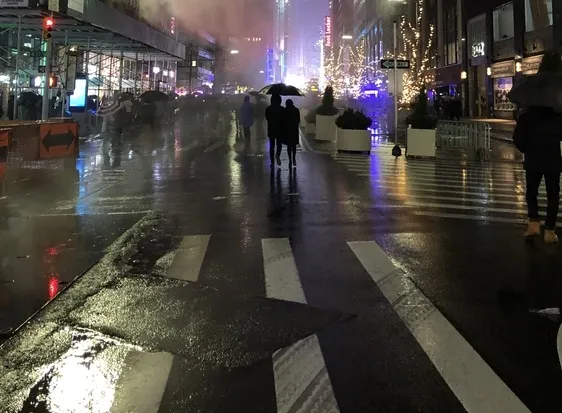The numbers of people killed and seriously injured on British roads as a result of drink driving have remained largely static for the last five years, according to the latest government figures.
The figures show that between 210 and 270 people were killed in accidents in Britain where at least one driver was over the drink-drive limit, with a central estimate of 240 deaths; unchanged since 2010.
The number of seriously injured casualties in drink-drive accidents fell by per cent from 1,100 in 2013 to
February 5, 2016
Read time: 2 mins
The numbers of people killed and seriously injured on British roads as a result of drink driving have remained largely static for the last five years, according to the latest government figures.
The figures show that between 210 and 270 people were killed in accidents in Britain where at least one driver was over the drink-drive limit, with a central estimate of 240 deaths; unchanged since 2010.
The number of seriously injured casualties in drink-drive accidents fell by per cent from 1,100 in 2013 to 1,080. The government says that if this figure is confirmed in the final estimates published late this year, it will be the lowest number of seriously injured casualties on record.
The total number of casualties of all types in drink drive accidents is 8,220, down one per cent on the 2013 figure, and the total number of drink drive accidents of all severities fell by one per cent to 5,620.
Neil Greig, IAM director of policy and research, said: “The latest drink-drive statistics show that Britain is flat lining on drink-drive deaths. Total numbers of drink-drive accidents have gone down slightly but 20 people still die every month in an alcohol related crash – this is simply unacceptable.
“The government has increased the powers of the police to make it more difficult to avoid detection but they continue to avoid the one simple measure that could deliver fewer deaths immediately. That is of course a lower drink drive limit in line with Scotland. A recent IAM survey showed 70 per cent of drivers support this measure.
“We need to break the deadlock on drink-drive deaths and a lower limit would send the strongest possible message that taking alcohol and driving is totally socially unacceptable in 2016.”
The figures show that between 210 and 270 people were killed in accidents in Britain where at least one driver was over the drink-drive limit, with a central estimate of 240 deaths; unchanged since 2010.
The number of seriously injured casualties in drink-drive accidents fell by per cent from 1,100 in 2013 to 1,080. The government says that if this figure is confirmed in the final estimates published late this year, it will be the lowest number of seriously injured casualties on record.
The total number of casualties of all types in drink drive accidents is 8,220, down one per cent on the 2013 figure, and the total number of drink drive accidents of all severities fell by one per cent to 5,620.
Neil Greig, IAM director of policy and research, said: “The latest drink-drive statistics show that Britain is flat lining on drink-drive deaths. Total numbers of drink-drive accidents have gone down slightly but 20 people still die every month in an alcohol related crash – this is simply unacceptable.
“The government has increased the powers of the police to make it more difficult to avoid detection but they continue to avoid the one simple measure that could deliver fewer deaths immediately. That is of course a lower drink drive limit in line with Scotland. A recent IAM survey showed 70 per cent of drivers support this measure.
“We need to break the deadlock on drink-drive deaths and a lower limit would send the strongest possible message that taking alcohol and driving is totally socially unacceptable in 2016.”









